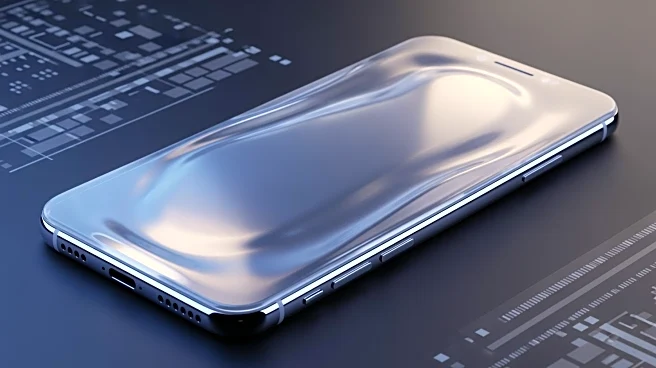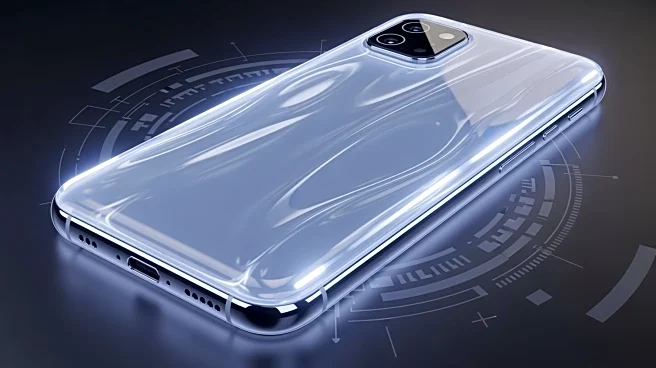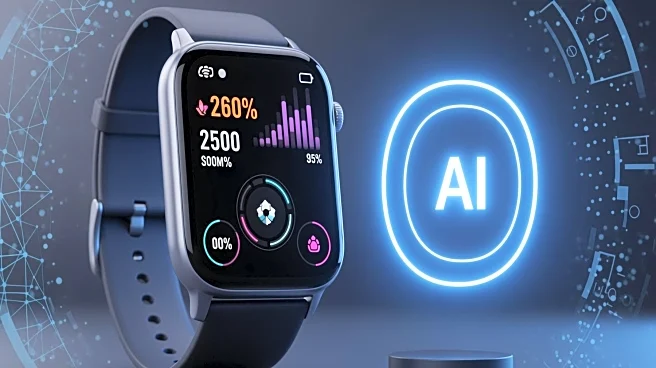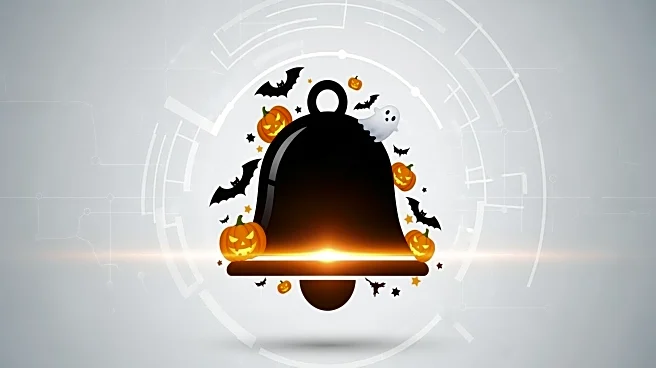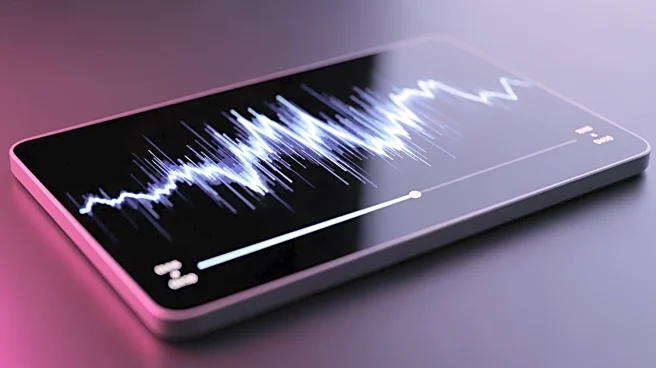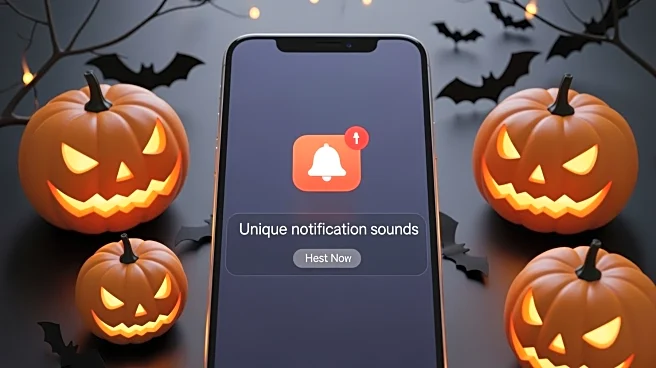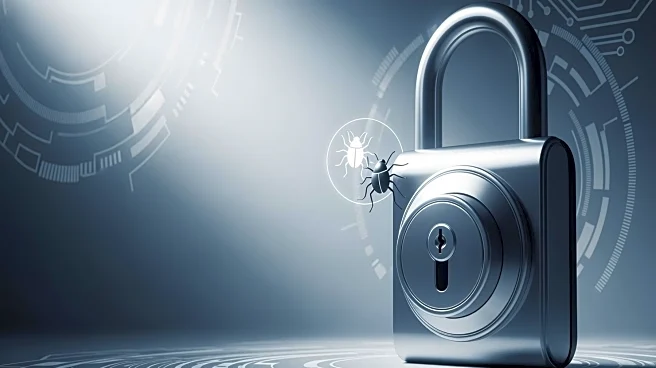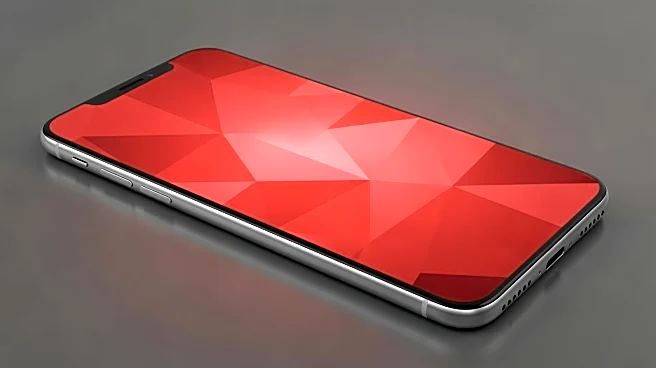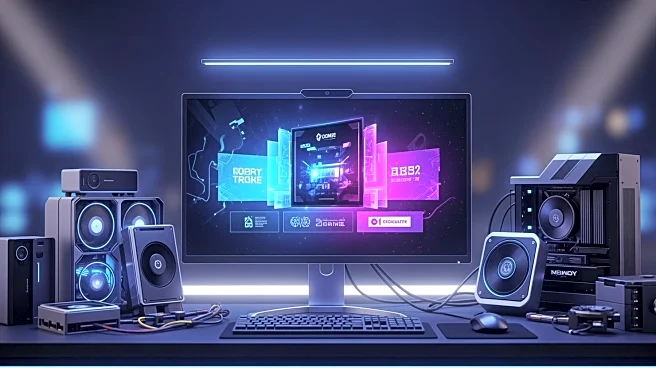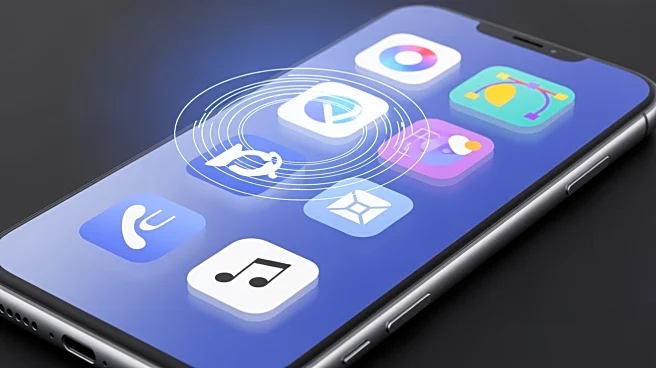What's Happening?
Telegram has launched a new beta update for its Android app, version 12.2.0, which introduces a feature called 'Liquid Glass.' This update affects the text input bar and the emoji, GIF, and sticker panels,
while the rest of the app remains largely unchanged. The feature can be disabled through the 'Power Saver' settings. Despite the minor nature of these changes, the update has not been well-received by users, garnering over 500 downvotes on Telegram's beta release channel. This negative feedback represents a significant portion of the channel's subscriber base, casting doubt on whether the feature will be rolled out to all users. Previously, Telegram had added the 'Liquid Glass' design to its iOS app, even for users not on iOS 26.
Why It's Important?
The introduction of the 'Liquid Glass' feature in Telegram's Android beta highlights the challenges tech companies face when implementing design changes. User feedback is crucial in determining the success of such updates, and the negative reception could influence Telegram's decision to make the feature widely available. This situation underscores the importance of user experience in app development and the potential impact of design changes on user satisfaction and retention. For Telegram, maintaining a positive user experience is vital, especially as it competes with other messaging apps like WhatsApp. The backlash could prompt Telegram to reconsider or modify the feature before a full release.
What's Next?
Telegram may need to address the user feedback regarding the 'Liquid Glass' feature before deciding on a full rollout. The company could either refine the feature based on user suggestions or opt to keep it as an optional setting. The response from the broader user base, once the feature is potentially released beyond the beta version, will be crucial in determining its future. Telegram's approach to handling this feedback could set a precedent for how it manages user input on future updates.
